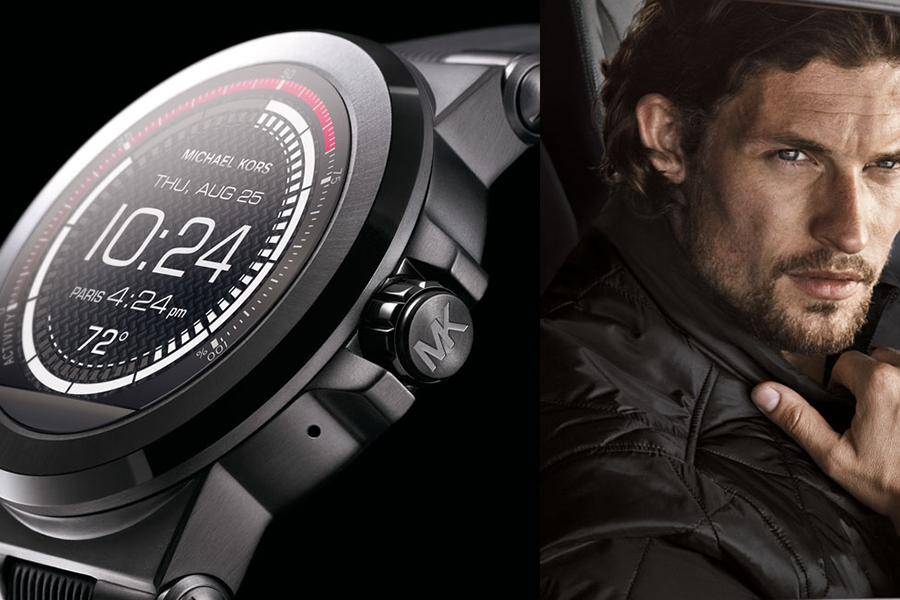Michael Kors brings luxury to smart watches: Will they sell?
Loading...
What happens when luxury watches meet smartwatches?
Michael Kors is trying to do just that.
The new watches are "an interesting experiment in what happens when a smartwatch is reverse engineered from a luxury timepiece, rather than the other way around," Brian Heater writes for TechCrunch, after trying out the new models, dubbed Access.
The new smartwatches run Android Wear and feature customizable watch faces. Designed to mimic analog Michael Kors watches, the company launched two styles of smartwatch: The "Dylan" and the "Bradshaw."
The Dylan is a sportier silicone style aimed at men, while the Bradshaw is stainless-steel version targeted at women.
"Our customers love fashion and they're plugged in 24/7," Michael Kors said in a statement, according to PCMag. "I think they'll appreciate having social connectivity and health and fitness tracking all within a great-looking accessory."
Both watches are similar to other Android Wear watches, with features like social media updates, text and email alerts, app notifications, voice activation, and fitness tracking – although the watch is lacking a heart rate monitor.
"Michael Kors might sell plenty of Access watches based on the strength of its brand alone, but it doesn't do much that's different from its competitors," Engadget's Cherlynn Low writes. Ms. Low, who is a self-proclaimed "giant smartwatch nerd, and an even bigger Michael Kors fan," writes that it was difficult to be excited about the new wearables after trying them out.
The watches start at $350, which is comparable to an Apple Watch. Samsung recently released a smartwatch called the Gear S2, which Low writes could give Android Wear "a run for its money," starting at $249.99. Michael Kors's own partner, Fossil, has released similarly priced analog-looking smartwatches.
Most reviewers commented that adding smartwatch mechanics to existing analog styles made for a hefty watch.
"It is, by pretty much every measure, a big, big watch," Heater writes. He goes on to give the company a nod for including the two sizes, the Dylan and the Bradshaw, but does note that they are both sizeable. "So, kudos to the company for not preemptively excluding such a giant demographic. And kudos to me for building some upper body strength on my left side. We’re all winners here today," he writes.
Dan Seifert agrees that the Access watches are substantially sized.
"I had a chance to demo the Dylan for a few weeks and found it to be uncomfortably large and heavy," he writes for The Verge. "You really have to love big watches to want to wear it all day long."








